Bioluminescent fungi at the Hunter Region Botanic Gardens
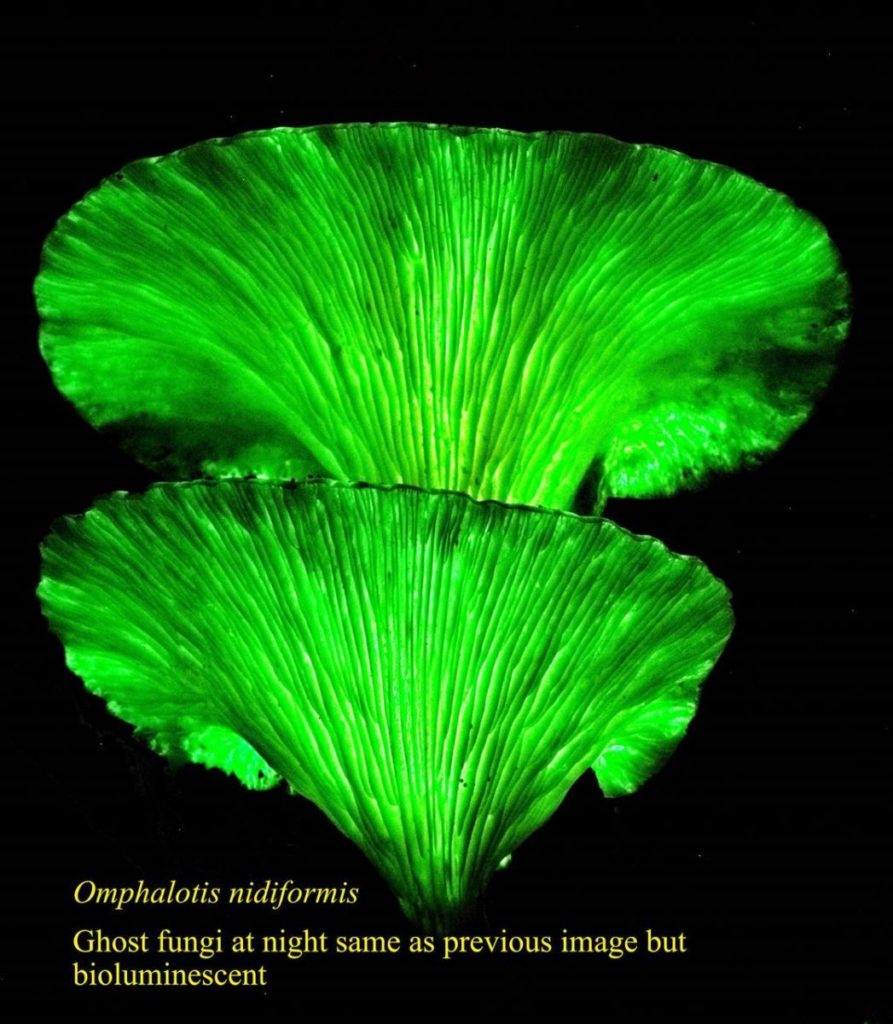
Interested in bioluminescent fungi? It is about this time of the year these fascinating fungi appear in the Hunter Region Botanic Gardens especially after the rain of recent times. The fruiting bodies should be appearing soon and there are several people keeping a lookout. If any appear, walks will be organised.
Native Terrestrial Orchids of the Hunter by Lynda McPherson
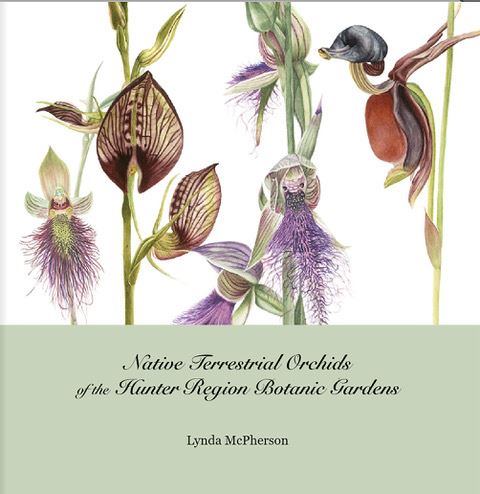
One of our members, Kevin Stokes from Newcastle, has brought to our attention a new book called Native Terrestrial Orchids of the Hunter Region Botanic Gardens, by Lynda McPherson.
Propagating again
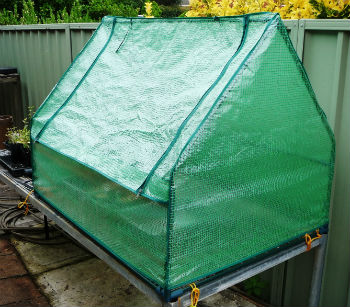
This time we purchased a Greenlife Mini Drop Over Greenhouse from a well known supermarket. It is designed to either fit over a raised garden bed or stand alone. We have tied ours down to a metal bench. The pots and punnets sit in plastic basins that are half full of sand. The sand is kept moist and the pots and punnets sprayed once a day.
I love a sunburnt country…but wish it would rain some more – a sequel
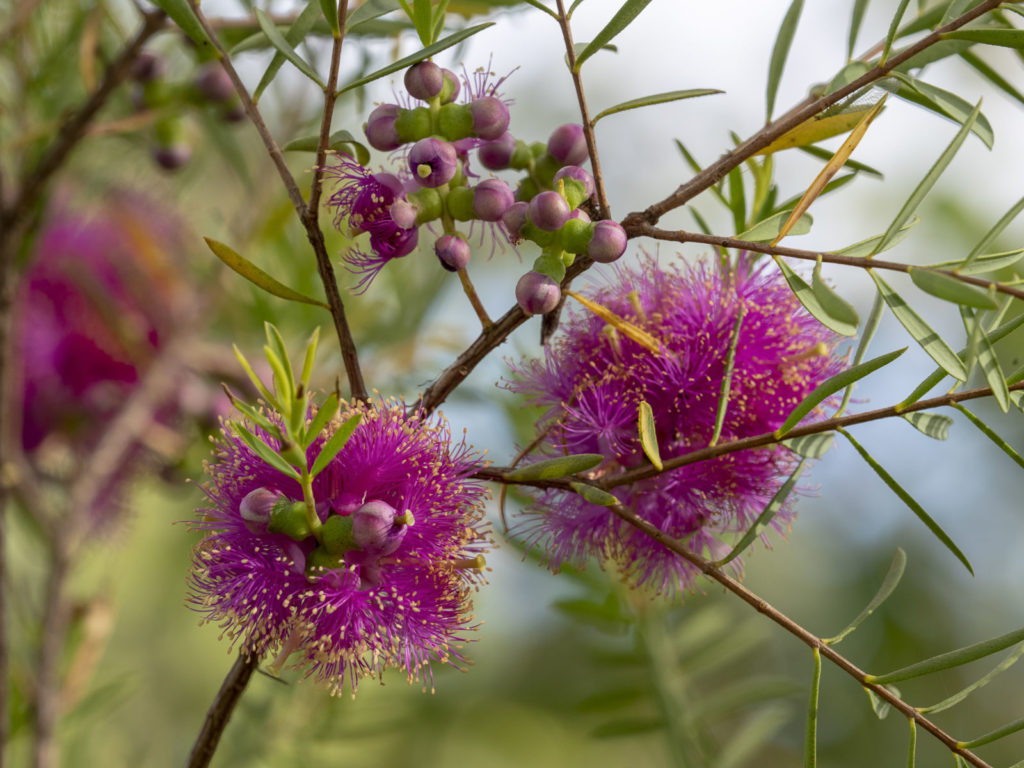
In February 2018, I was bemoaning the loss of some long-established plants in my predominantly native garden in the Hunter Valley. We’d had far less than average rainfall and there was no end in sight to the drought. Along with vicious 45-degree days, the resilience of the garden, and me, was being tested!
Wattles are blooming
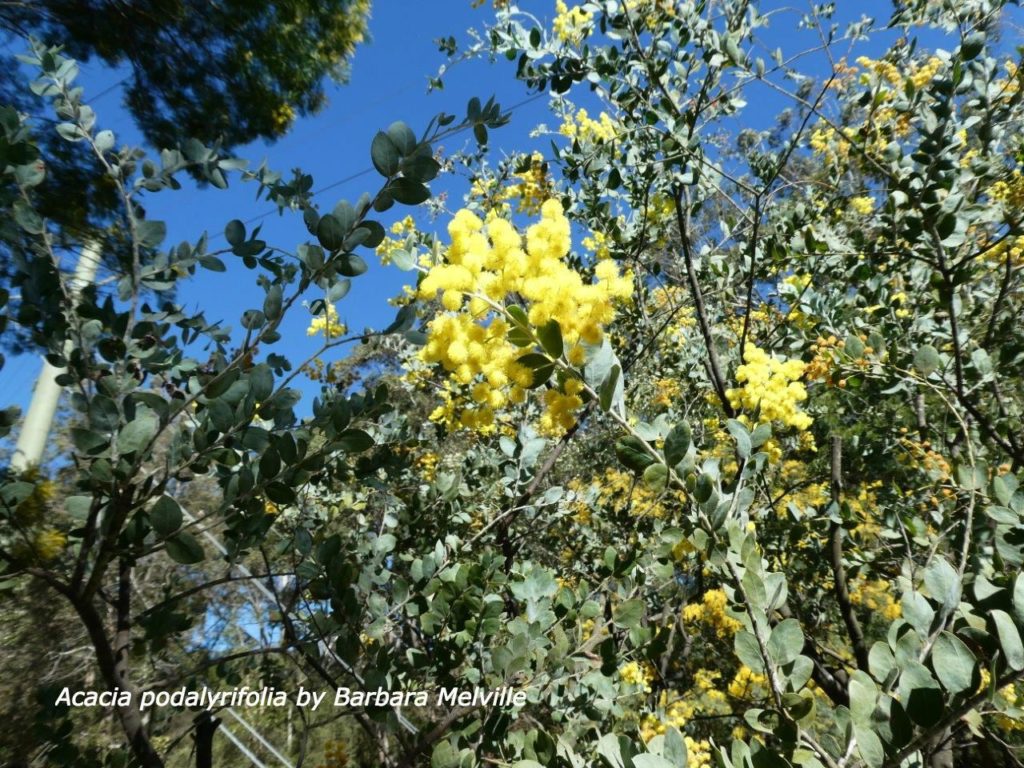
Here is a selection of wattles blooming at Hunter Regional Botanic Gardens. Images by Barbara Melville.
Success with growing flannel flowers
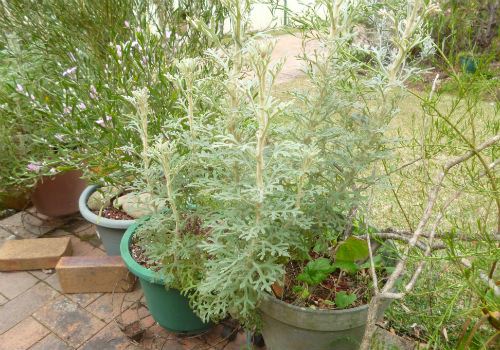
Several people have asked me recently to write down the methods I use to grow flannel flowers. I have had some success with them so here is my story.
I love a sunburnt country…but wish it would rain!
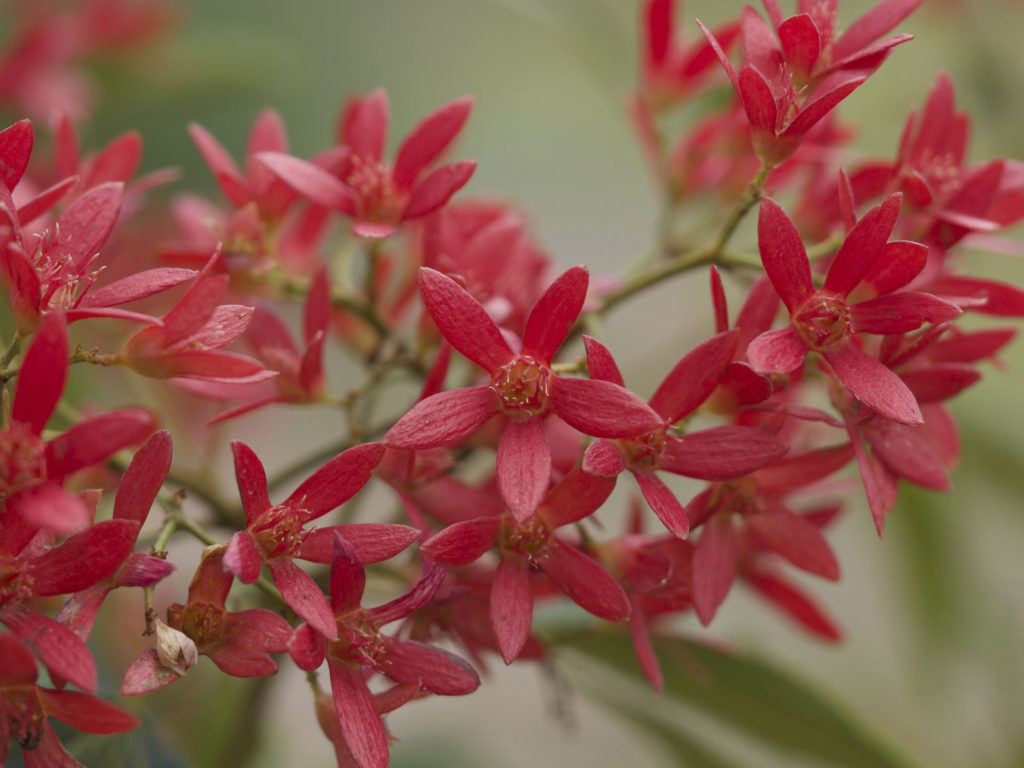
My predominantly native Hunter Valley garden is feeling the pressure of no rain. While it looks quite beautiful in the misty morning, the mist hasn’t translated into rain.
Grass Trees, Xanthorrhoea spp.
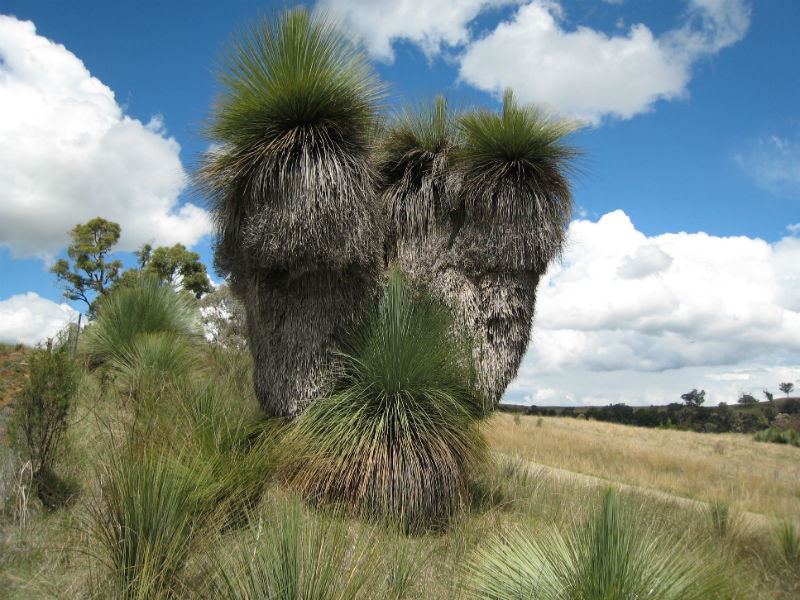
I have always been fascinated with Grass Trees and they are such an iconic emblem of our bush. Those of you who have travelled to and from Inverell and Guyra via the Ensmore and Tingha Roads will have seen some great specimens (see left) along the northern section of this route which winds among the hills and crosses Paradise Creek and the Macintre River in its upper reaches.
Wedding Bush a winner in WA
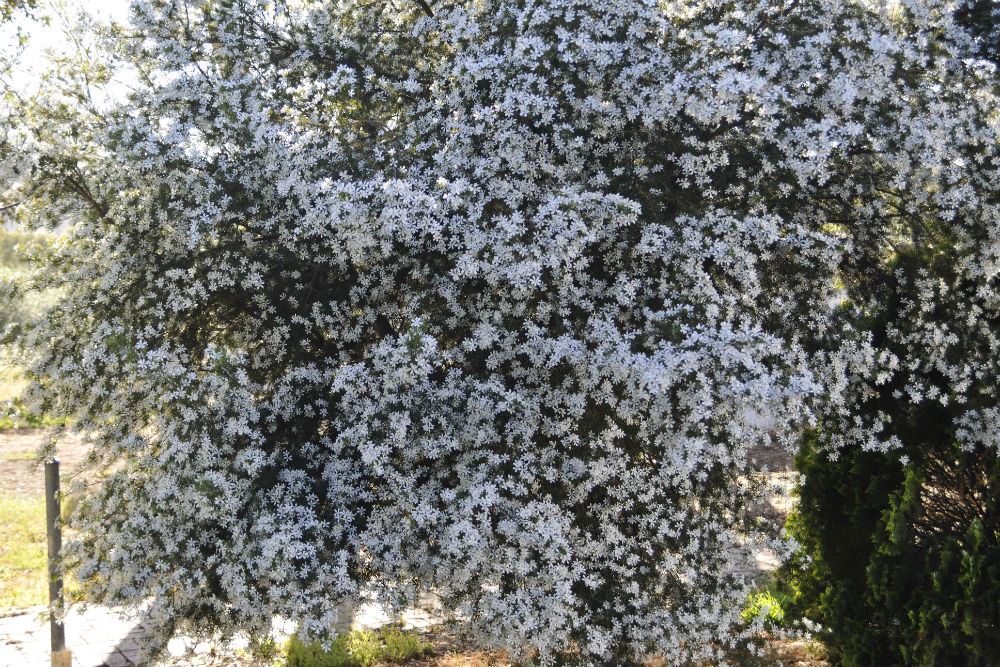
We recently received this picture from Bruce Duncan, who runs an olive farm in Mokine, Western Australia (Clackline Valley Olives).
Growing Australian Rhododendrons
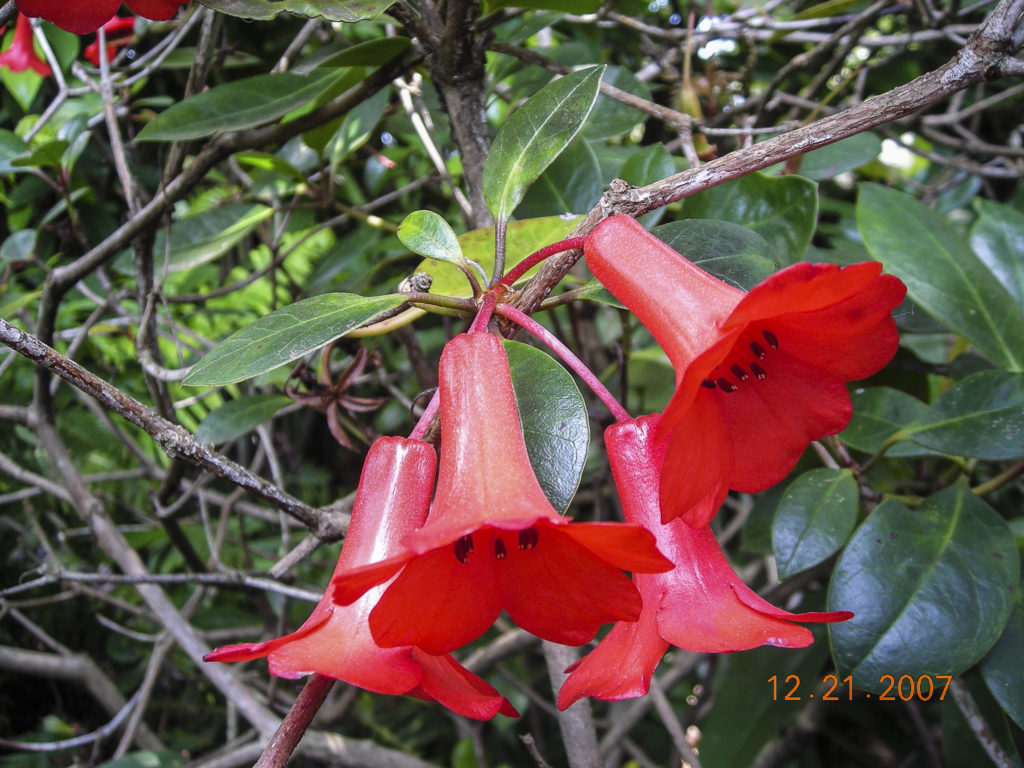
While rhododendrons are very popular plants in Australian gardens, there are only two species that we can truly call our own. They are both Vireya Rhododendrons – rainforest species found in mountainous tropical areas of SE Asia, New Guinea and North Queensland. These
Insect or bee hotel – I have made one and so can you
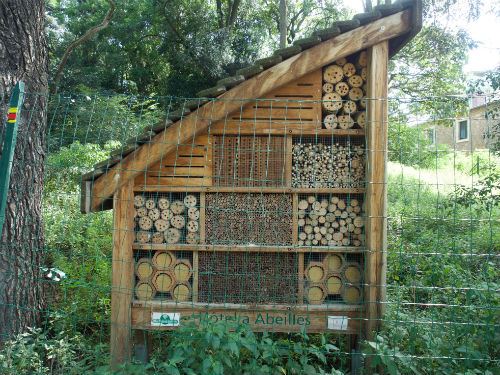
During a recent trip to Europe, I noticed a lot of quite large, home-made bee ‘hotels’. On my return, I undertook a bit of research and I found some excellent information on different home-made ‘hotels’ in the EU and UK.
Density and diversity
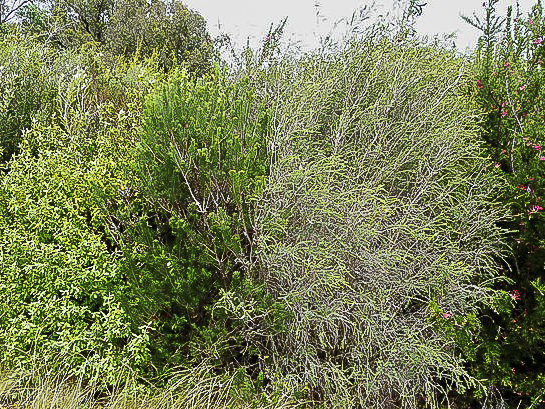
The Northern Tablelands of NSW is a challenging area to establish gardens. Winters are usually characterised by a series heavy frosts throughout the season. This presents problems particularly if you wish to cultivate native plants as many come from milder, coastal and more temperate areas.
One ‘Must Know’ Principle of Gardening

For many years, I have been growing native plants, reading gardening books, listening to garden gurus, advising people on what native plants to grow in their gardens and listening to other people’s gardening problems. During this time, I have concluded that there is only one important garden principle that one must try to follow
How to grow Australian orchids for a stunning display
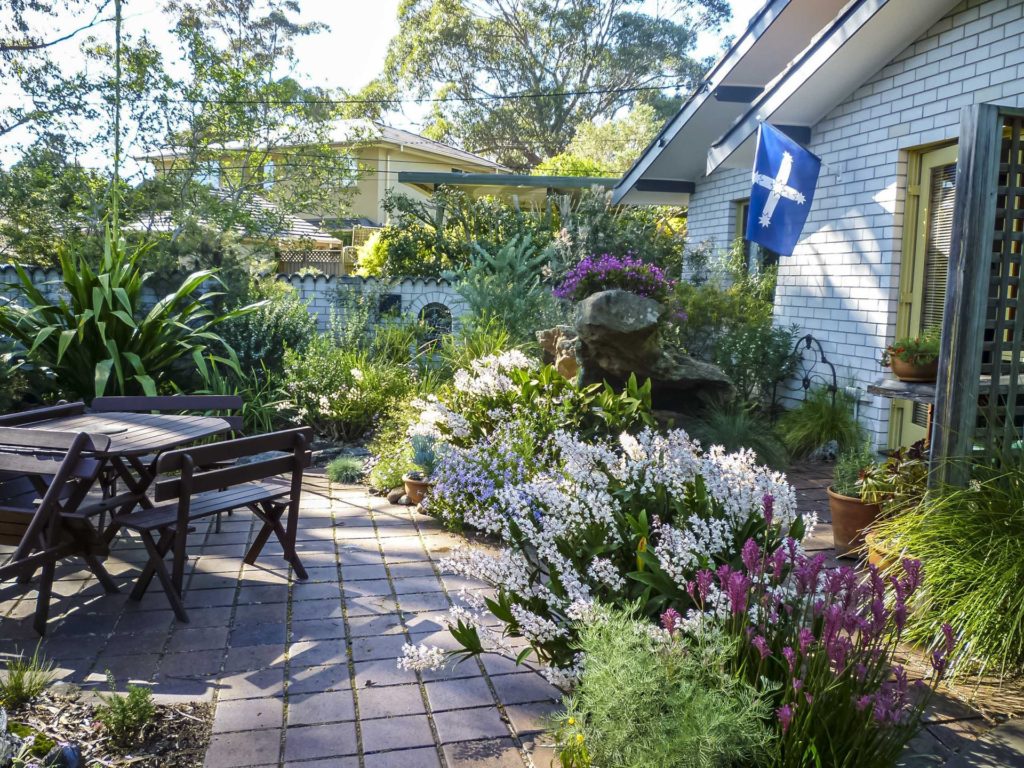
This article by Jeff first appeared in GardenDrum in 2015, for the Australian Plants Society NSW. I have been growing Australian orchids in my Sydney native garden for nearly 30 years. Every year, I get a stunning display that wows everyone who sees it.
Creating a small pond
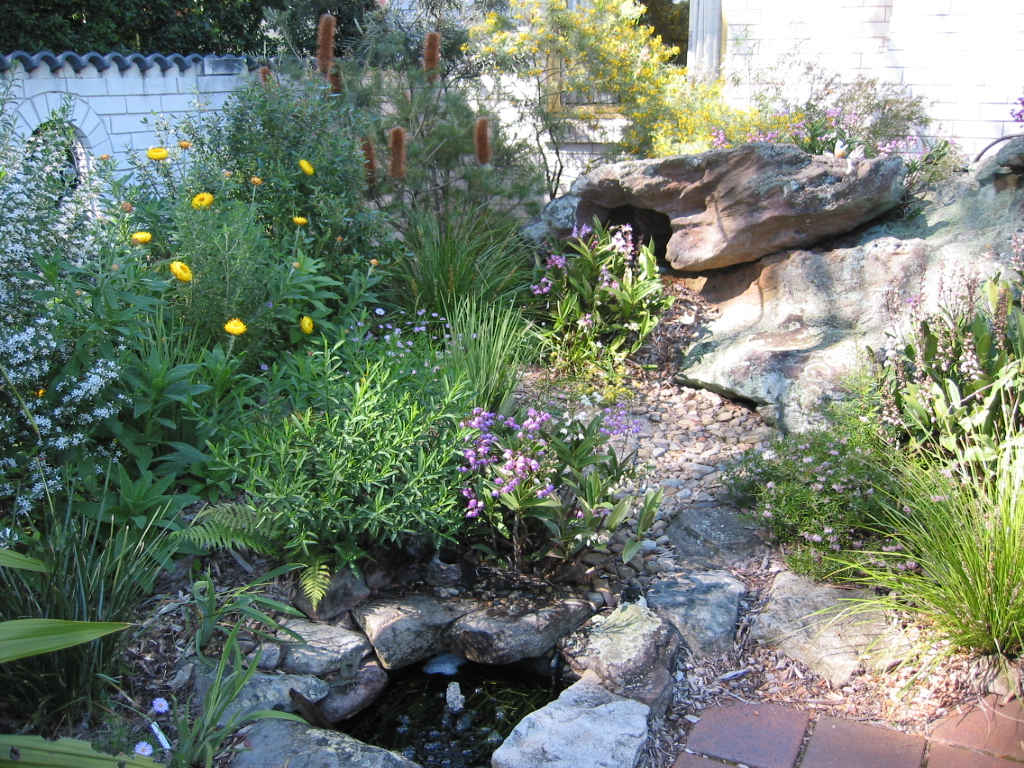
As I always wanted a small pond/water feature, I created a dry creek bed leading from the rock to a small stainless steel 47 litre laundry tub. To make it all appear ‘natural’ I did the following:
The Australian snail – a true friend indeed
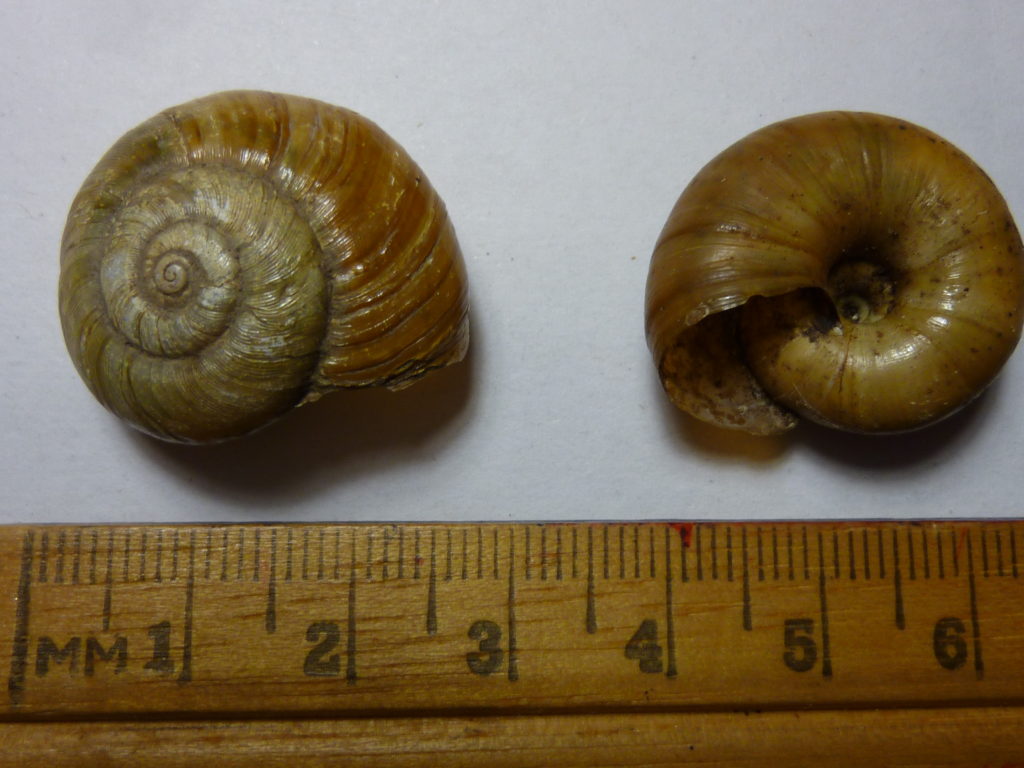
A few years ago I had quite a few native snails in one part of my northern Sydney garden and now they are gone. A pity as the species I had was carnivorous and fed on the introduced garden snails (Cantareus asperses, which are from Europe). I have no idea where they came from or where they have gone. Maybe it is because I now have no introduced snails in my garden and as a result no food for the native snails anymore.
Establishing Australian Thelychiton* (Dendrobium) orchids

One of most frequent question I receive is how I manage to grow Thelychiton kingianum and Thelychiton speciosum orchids on my rocks and ‘apparently’ in the ground. These orchids are really very hardy and many are killed by too much kindness and water.
A few words on colours for a cottage garden
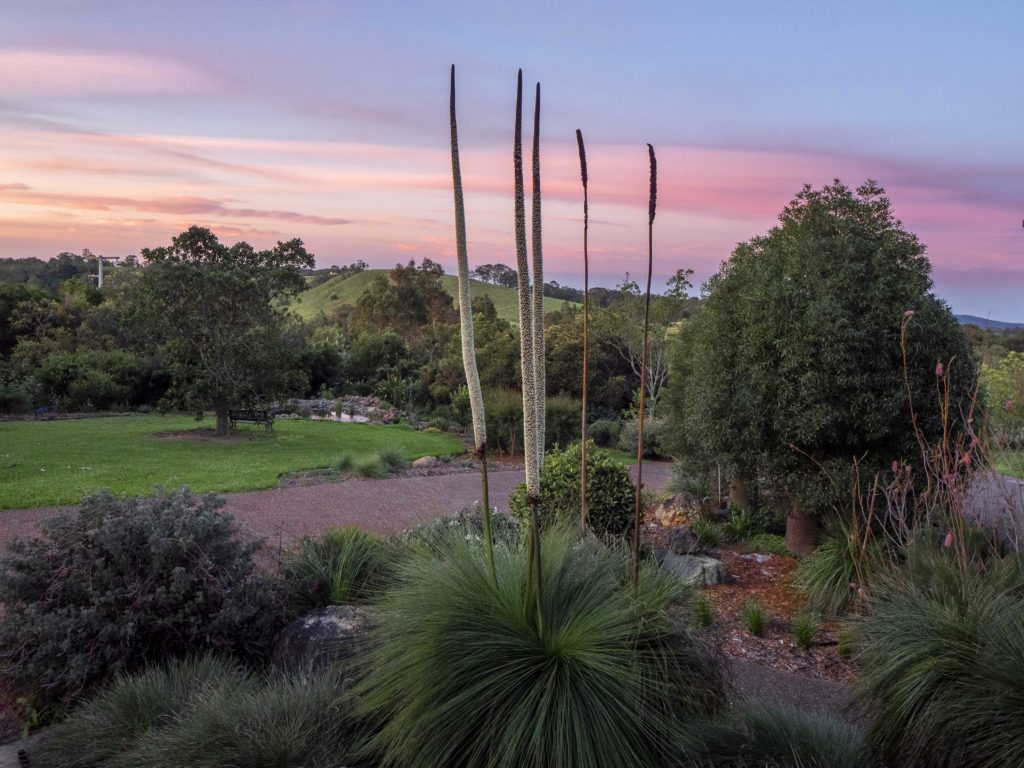
The idea of a cosy cottage garden, with herbaceous borders of annuals and perennials against a backdrop of shrubs and (maybe) a small tree or two, is becoming popular again especially as gardens become smaller. Remember, plants that self-seed in a garden can easily become weeds in nearby bushland. By introducing native plants, especially local (i.e. indigenous) species, you will reduce your garden’s weed potential and make it more attractive to flora and fauna.
Leo Hodge – shearer, dingo trapper, grazier, artist, musician, poet and gardener
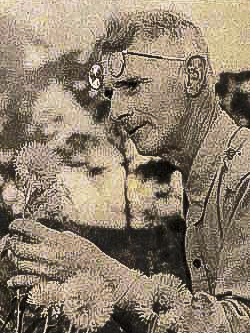
We find that the internet is a treasure trove of botanical and horticultural information. A recent search brought to light a biography of Leo Hodge, christened Leomin, the originator of many Grevillea hybrids, all prefixed ‘Poorinda’ after his property in the Gippsland area of Victoria. The name is taken from an aboriginal word meaning ‘light’.
Henry Deane – botanist and railway man
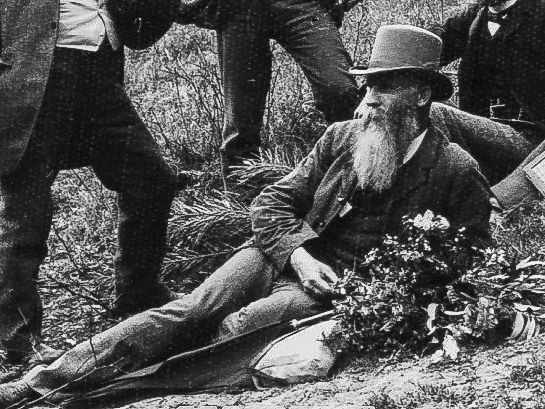
We have a passionate interest in the environment in general and native plants in particular.
